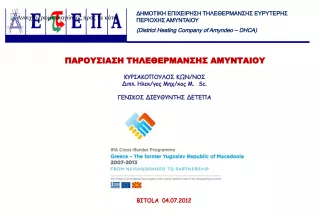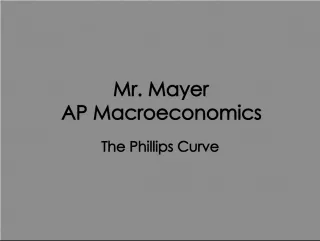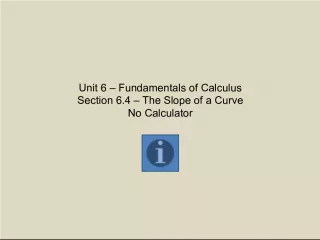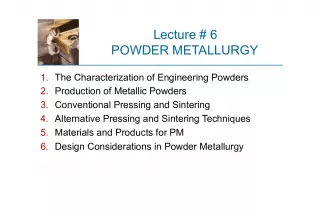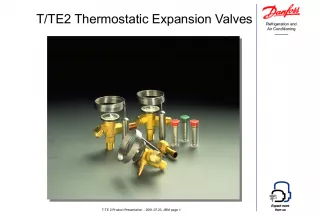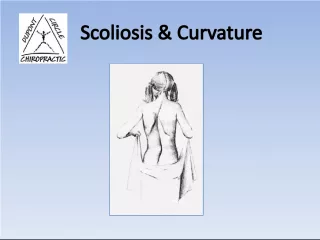Heating Cooling Curve and PhaseDiagrams Heating C
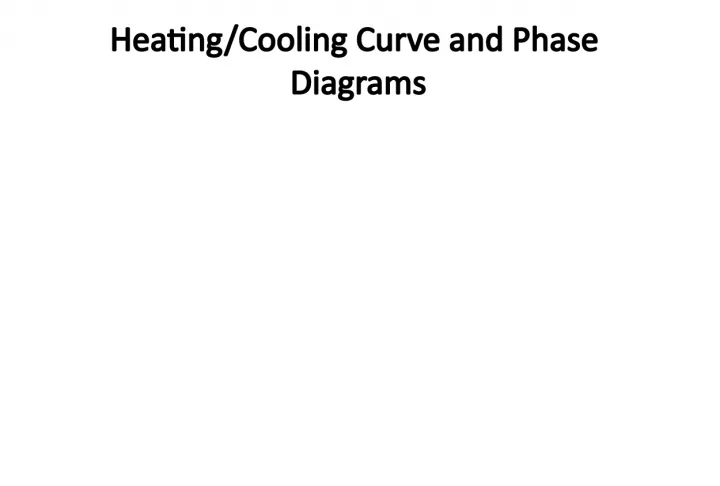

Heating Cooling Curve and PhaseDiagrams Heating Cooling Curve and PhaseDiagrams A heating curve shows how the temperature of a substance changes as heat is added at a constant rate A heating cur
- Uploaded on | 0 Views
-
 kaylee
kaylee
About Heating Cooling Curve and PhaseDiagrams Heating C
PowerPoint presentation about 'Heating Cooling Curve and PhaseDiagrams Heating C'. This presentation describes the topic on Heating Cooling Curve and PhaseDiagrams Heating Cooling Curve and PhaseDiagrams A heating curve shows how the temperature of a substance changes as heat is added at a constant rate A heating cur. The key topics included in this slideshow are . Download this presentation absolutely free.
Presentation Transcript
Slide1Heating/Cooling Curve and PhaseDiagrams
Slide2Heating/Cooling Curve and PhaseDiagrams A heating curve shows how the temperature of a substance changes as heat is added at a constant rate. A heating curve shows how the temperature of a substance changes as heat is added at a constant rate.
Slide3Heating/Cooling Curve and PhaseDiagrams The heating curve at right shows the temperature change in a sample of iron as heat is added at a constant rate. The sample starts out as a solid and ends as a gas. The heating curve at right shows the temperature change in a sample of iron as heat is added at a constant rate. The sample starts out as a solid and ends as a gas. • Describe the phase change that occurred between points B and C on the graph. • Describe the phase change that occurred between points B and C on the graph. Solution: Solution: Between points B and C, the sample changed from solid to liquid . Between points B and C, the sample changed from solid to liquid .
Slide4Heating/Cooling Curve and PhaseDiagrams 1. In the heating curve for iron, describe the phase change that occurred between points D and E on the graph. 1. In the heating curve for iron, describe the phase change that occurred between points D and E on the graph.
Slide5Heating Cooling Curve and PhaseDiagrams 2. Explain why the temperature stayed constant between points D and E. 2. Explain why the temperature stayed constant between points D and E.
Slide6Heating Cooling Curve and PhaseDiagrams 3. What is the melting temperature of iron? 3. What is the melting temperature of iron?
Slide7Heating Cooling Curve and PhaseDiagrams 4. What is the freezing temperature of iron? How do you know? 4. What is the freezing temperature of iron? How do you know?
Slide8Heating Cooling Curve and PhaseDiagrams 5. What is the boiling temperature of iron? 5. What is the boiling temperature of iron?
Slide9Heating Cooling Curve and PhaseDiagrams 6. Compare the boiling temperatures of iron and water (water boils at 100°C). Which substance has stronger intermolecular forces? How do you know? 6. Compare the boiling temperatures of iron and water (water boils at 100°C). Which substance has stronger intermolecular forces? How do you know?
Slide10Heating Cooling Curve and PhaseDiagrams 7. Between which two points on the graph did freezing occur? 7. Between which two points on the graph did freezing occur?
Slide11Heating Cooling Curve and PhaseDiagrams 8. What is the freezing temperature of stearic acid? What is its melting temperature? 8. What is the freezing temperature of stearic acid? What is its melting temperature?
Slide12Heating Cooling Curve and PhaseDiagrams 9. Compare the melting temperature of stearic acid with the melting temperature of water. Which substance has stronger intermolecular forces? How do you know? 9. Compare the melting temperature of stearic acid with the melting temperature of water. Which substance has stronger intermolecular forces? How do you know?
Slide13Heating Cooling Curve and PhaseDiagrams 10. Can a substance be cooled to a temperature below its freezing point? Use evidence from any of the graphs in this skill sheet to defend your answer. 10. Can a substance be cooled to a temperature below its freezing point? Use evidence from any of the graphs in this skill sheet to defend your answer.
Slide14Heating Cooling Curve and PhaseDiagrams States of matter are States of matter are • Solid • Solid • Liquid • Liquid • gas • gas Phase diagrams Phase diagrams • pressure-temperature diagrams • pressure-temperature diagrams
Slide15Heating Cooling Curve and PhaseDiagrams Triple points mark conditions at which three different phases can coexist. For example, the water phase diagram has a triple point corresponding to the single temperature and pressure at which solid, liquid, and gaseous water can coexist in a stable equilibrium
Slide16Heating Cooling Curve and PhaseDiagrams 1. At what temperature and pressure does H 2 O exist as a solid, liquid and a gas? 1. At what temperature and pressure does H 2 O exist as a solid, liquid and a gas?
Slide17Heating Cooling Curve and PhaseDiagrams 2. At 100°C and a pressure above 1.0 atmosphere, H 2 O exists in which phase of matter? 2. At 100°C and a pressure above 1.0 atmosphere, H 2 O exists in which phase of matter?
Slide18Heating Cooling Curve and PhaseDiagrams 3. At 100°C and a pressure below 1.0 atmosphere, H 2 O exists in which phase of matter? 3. At 100°C and a pressure below 1.0 atmosphere, H 2 O exists in which phase of matter?
